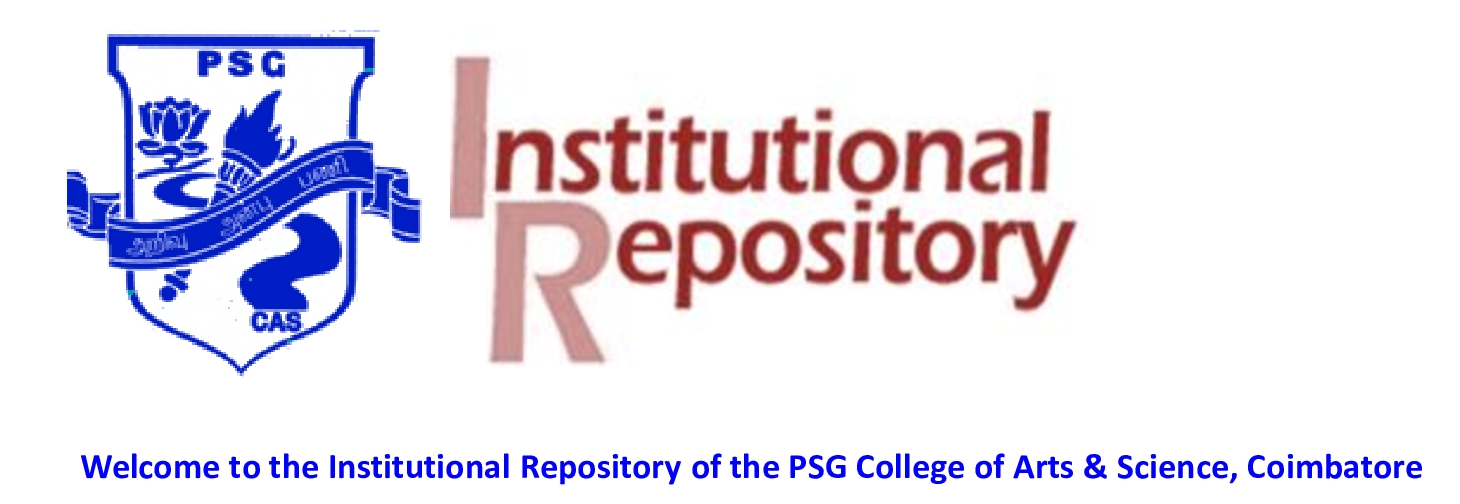Mohanapriya, D and Beena, R (2021) Predicting Drug Indications and Side Effects Using Deep Learning and Transfer Learning. Predicting Drug Indications and Side Effects Using Deep Learning and Transfer Learning, 36 (1). pp. 281-289. ISSN 2587-2249
3rd-paper.pdf - Published Version
Download (337kB)
Abstract
In the area of biology, text mining is commonly used since it obtains the unknown
relationship among medicines, phenotypes and syndromes from much information. Enhanced
Topic modeling with Improved Predict drug Indications and Side effects using Topic
modelling and Natural language processing (ETP-IPISTON) has been employed to predict the
drug-phenotype and drug-side effect association. Initially, corpus documents are collected
from the literature data and the topics in the data are modeled using logistic Linear
Discriminative Analysis (LDA) and Bi-directional Long-Short Term Memory-Conditional
Random Field (BILSTM-CRF). From the sentences in the literature data, a dependency graph
was constructed which discovered the relations between gene and drug. The product of the
drug on phenotype rule was identified by the Gene Regulation Score (GRS) which creates the
drug-topic probability matrix. The probability matrix and a syntactic distance measure was
processed in Classification and Regression Tree (CART), Naïve Bayes (NB), logistic regression
and Convolutional Neural Network (CNN) classifiers for estimating the drug-gene and drug�side effects. Besides the literature data, social media offers various promising resources with
massive volume of data that can be useful in the drug-phenotype and drug-side effect
association prediction. So in this paper, drug information with gene, disease and side effects
are extracted from different social media such as Twitter, Facebook and LinkedIn and it can
be used with the literature data to provide more relevant disease and drug relations. In
addition to this, topic modeling with transfer learning is introduced to consider the element
categories, probability of overlapping elements and deep contextual significance of a text
for better modeling of topics. The topic modeling with transfer learning shares as much
knowledge as possible between the literature data and social media information for topic
modeling. The topics from social media and literature data are used for creating the drug�topic matrix. The probability matrix and syntactic distance measure are given as input to
CART, NB, logistic regression and CNN for estimating the drug-gene and drug-side effect
association. This proposed work is named as Enhanced Topic Modeling with Transfer Leaning�IPISTON (ETPTL-IPISTON). The simulation findings exhibit that the efficiency of ETPTL�IPISTON than the traditional methods.
| Item Type: | Article |
|---|---|
| Uncontrolled Keywords: | Drug-gene Relationship Drug-side Effect Topic Modeling Named Entity Recognition Social Media Transfer Learning |
| Divisions: | PSG College of Arts and Science > Department of Computer Science |
| Depositing User: | Mr Team Mosys |
| Date Deposited: | 29 Feb 2024 10:57 |
| Last Modified: | 29 Feb 2024 10:58 |
| URI: | http://ir.psgcas.ac.in/id/eprint/2113 |


 Altmetric
Altmetric Altmetric
Altmetric